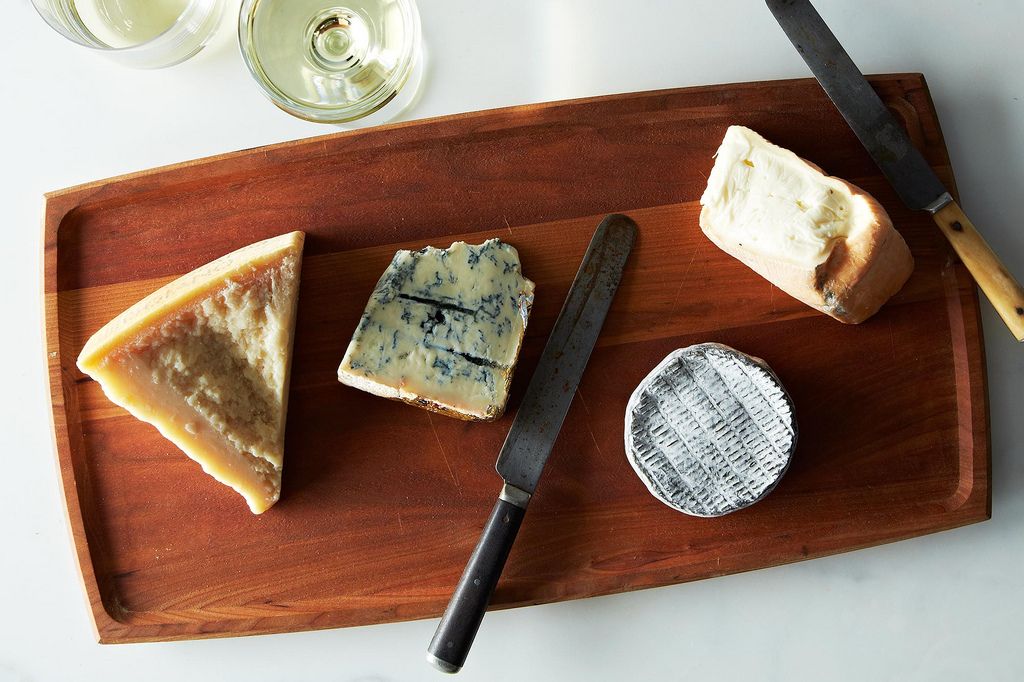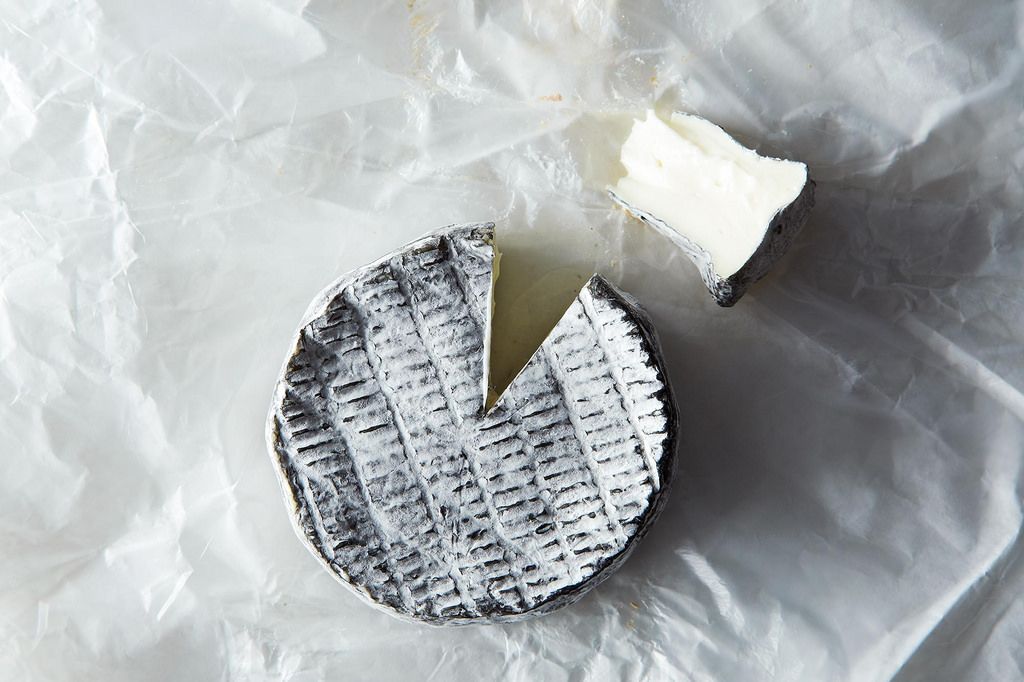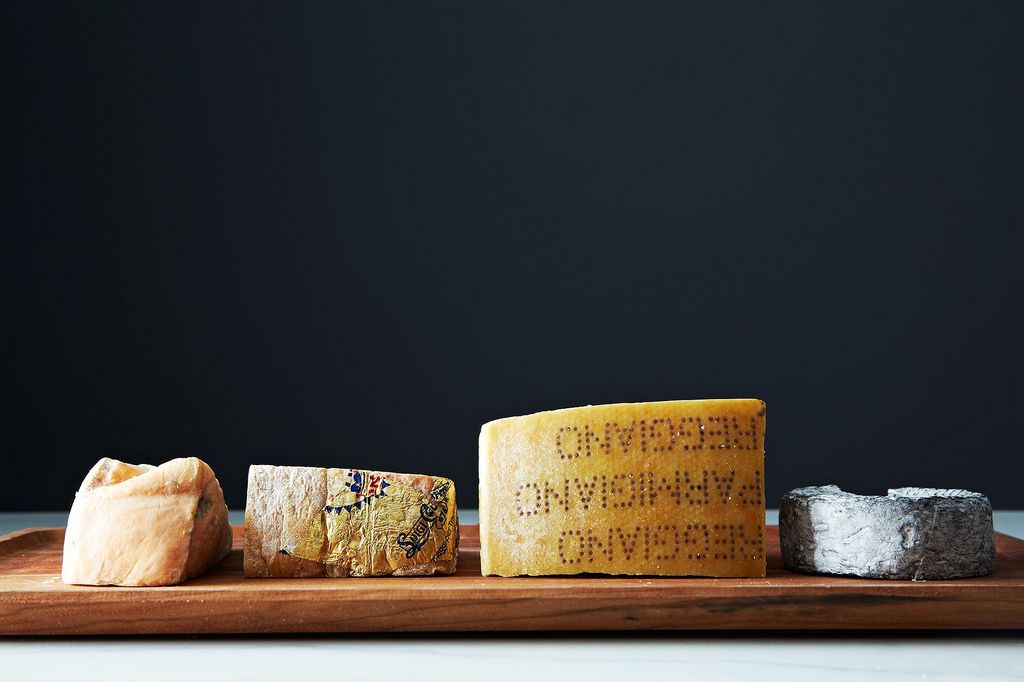Cheese
Why You Shouldn't Pair Cheese with Wine (Plus 10 Tips for Building a Better Cheese Plate)
Popular on Food52
Continue After Advertisement
14 Comments
Ed W.
July 29, 2017
In Europe , eating cheese isn't so complicated. I guess we Americans like to add grandeur to simple things like cheese.
robin L.
September 13, 2016
I read somewhere (here on Food52, I thought!) that potato (kettle) chips with blue cheese is a lovely simple combo. It IS! 8^)
jpriddy
September 4, 2016
Perhaps stoneware ceramic tiles appear "organic" in contrast to a white porcelain plate—both made from clay dug from the earth? Is that the goal? I like the look of cheese on any natural wood or stone. But placed on porcelain tiles also appeals to me.
Amol P.
September 25, 2015
Adding celery sticks,strong and mild mustards like pommery some sweet chili sauce,tomato jam and some nuts,crackers also fill up the board and satisfies the palate and soul...
Judy S.
September 24, 2015
My favorite rule for a cheese plate is: something old, something new, something stinky, something blue. Works like a charm and so easy to remember!
Peter F.
September 24, 2015
I agree with you Jan. The whole carbonation thing waking up the palate is actually a lot of BS. Carbonation is carbonic acid and will numb the taste buds just as much as tannins will. It's really about personal preference for what you like to pair your cheese with.
Jan W.
September 23, 2015
As a former cheesemonger - I have to take issue with the assertion about wines with cheese at #6. He is right that the tannins in wine can interfere with a good cheese tasting, but the thing is 1) not all cheese plates are for 'focused tastings' and 2) there are a lot of wines that don't have harsh tannins, due to being well aged, or the varietals used & properties of a particular bottling/vintage. This is true for white, rosé, and red wines - although red wines more often have high tannin levels than others. I personally love champagne and prosecco with creamy high-fat content cheeses. Fortified wines like oloroso & amontillado sherry, tawny & white port, madeira, and even vinsanto are excellent with many types of cheeses. Many people look for rigid one-for-one cheese pairings with wine, but in my opinion and experience there is a lot of flexibility based on personal preference and the desired effect, which is great because the same pairings would get boring after a while.
Andrea P.
September 25, 2015
I totally agree. Having completed some of my fromagier courses, wine pairings are a must! I've tasted musty funky cheese that cry out for for a lovely cab to help them along. From Toronto and studied with Afrim from Cheese Boutique.
Diana Z.
September 25, 2015
I agree too! Wine and cheese is a classic pairing for a reason. If you don't want tannins, you just have to choose the right wine, like whites or sparkling -- or a juicy red like Barbera. And anyway, some tannic wines will do well with cheese. Cider is probably a great pairing with cheese too.
Cookie
July 29, 2017
So this guy "discourages" pairing wine with cheese?? Alrighty then, I'll just disregard the last thousand years of proven wisdom on that issue.





See what other Food52 readers are saying.